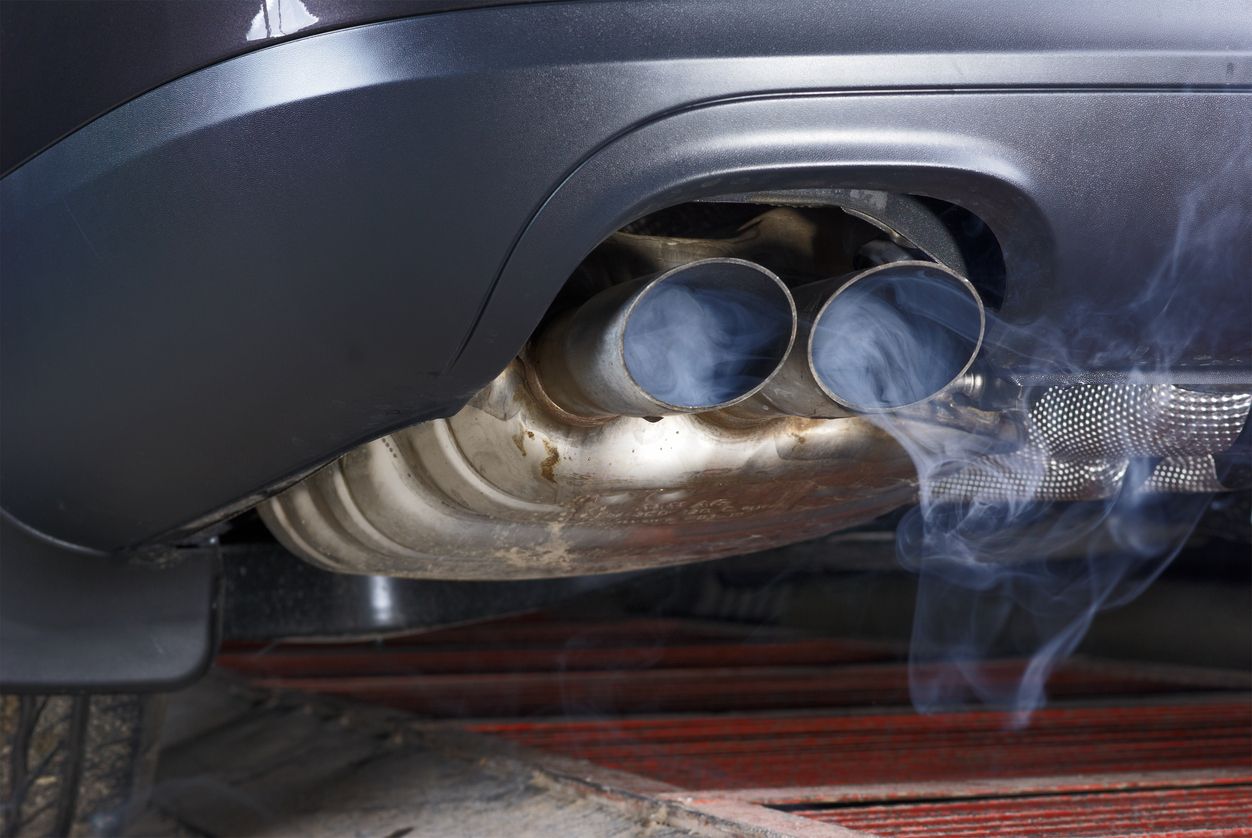
Everything You Need to Know About Spark Plugs
Learn about spark plugs, from how they function to when they need replacement. Get tips on spotting issues early to keep your engine performing at its best.
Read More
The transmission in a vehicle has three primary jobs:
In a nut shell, it is the job of the transmission to turn the engine's power (RPMs) into torque, which transfers to the wheels of the vehicle. For example, 1st gear is the shortest gear to get your vehicle moving. As you work your way up to 2nd, 3rd, and 4th gear, the gear ratios get taller. This allows your vehicle to go faster as the gears get taller, moving up to 5th gear and 6th gear, if your car goes that high. Some newer vehicles even have a 7th and 8th gear in their transmission for high speed efficiency. When your car is under acceleration, gear selection is important to maximize the amount of torque applied to the wheels.
Since it is the job of the transmission to act as the power plant transfer between a vehicle's engine and the wheels, the type of transmission a vehicle is equipped with can largely affect vehicle acceleration, efficiency and performance. For this reason, there are many different types of transmissions that are used in different types of vehicles.
The most commonly used transmission types today are:
Within modern manual and automatic transmission systems you will find intricate moving parts including a number of interconnected gears, input and output shafts, and either a clutch in a manual transmission system, or a torque converter in an automatic transmission system.
In a manual transmission the driver uses a clutch and gear shifter to manually change the gears of the vehicle as the rpms of the vehicle increase. In an automatic transmission a system of planetary gears automatically shifts through gears as a vehicle accelerates and decelerates.
By shifting between taller and shorter gears as a vehicle accelerates and decelerates, the transmission keeps the right amount of power (torque) flowing back and forth between the vehicle wheels and the engine.
Inside both manual and automatic transmissions you will find transmission fluid. This transmission gear fluid is especially important in automatic transmission vehicles where pressurized transmission fluid is needed to hydraulically pressurize and shift gears automatically. A manual transmission is manually operated by the driver using a stick shift (gear selector) and clutch.
With hundreds of intricate and interdependent parts, the transmission is your vehicle's most complex component. The transmission is also the most expensive to fix, if not properly maintained. To prolong the life of your transmission and prevent the need for transmission repair, we recommend vehicle owners to:
For more information about automatic transmission or manual transmission services offered by Firestone, call your local Firestone Complete Auto Care store today.

Learn about spark plugs, from how they function to when they need replacement. Get tips on spotting issues early to keep your engine performing at its best.

Your brakes may call the shots, but suspension sets the stage. See how one weak link in your ride’s rhythm can leave you stopping short on safety.

Is white smoke coming from your tailpipe? You may have a blown head gasket. Learn what causes head gasket failure, how to prevent it, and how much repair costs.